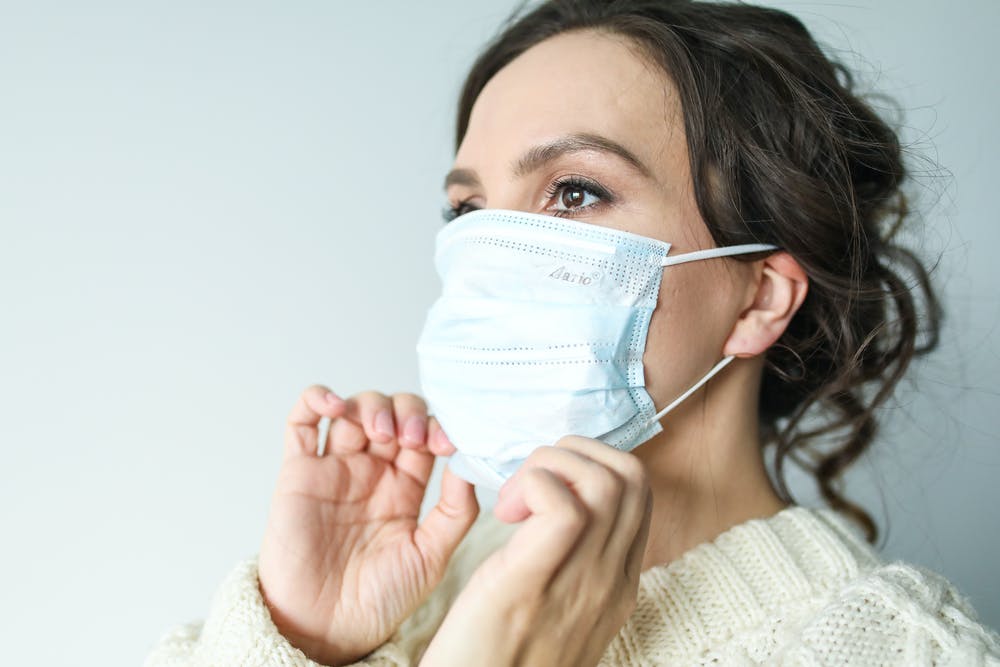Protection From COVID-19 Improves With Better Fitting Masks
Poorly fitting masks can double the risk of infection for the wearer and those around them.

A recent study conducted by investigators from the University of Cincinnati’s College of Engineering and Applied Sciences, in collaboration with the FDA’s Division of Applied Mechanics, has found that poorly fitting face masks greatly increase the risk of infection from airborne pathogens like COVID-19.
Results from the study were published in the journal Scientific Reports.
"Many people do not realize that the fit of face masks can vary. There are different face shapes and different sizes of masks," Rupak Banerjee, a professor in UC's Department of Mechanical and Materials Engineering said. "If you do not match them well, you can lead to greater leaks and higher risks of infection.”
For the study, the team of investigators employed computerized tomography (CT) scans of 3 different sized face masks which were attached to 3 different sized dummy heads to measure the gaps between the face and the fabric.
They then created a 3D computer-aided design model using the CT scans that showed the gaps between the mask and the dummy head and calculated the rate of airflow through them to identify the relative risk of infection for each mask.
Findings from the study demonstrated that the aerosol transport due to the gaps between the mask and the dummy heads varied from 30% to 95%. Leaks were seen to be largest around the nose.
The most poorly fitting mask can almost double the risk of infection for the wearers and even those around them.
The investigators hope that the results from this research will help to educate consumers and aid manufacturers in developing masks.
“The set of computational models presented are useful for predicting the relative infection risk for different types of protection, facial profile types, pathogen characteristics, and level of compliance,” the authors wrote. “The leakage and the risk-assessment models can be helpful in developing protection strategy, establishing PPE guidelines, and promoting awareness for the general public during a pandemic.”
